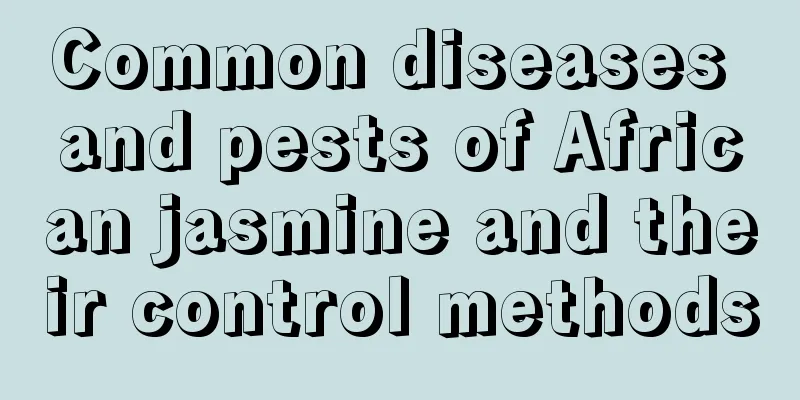Prevention and control of common diseases of Amaryllis

Prevention and control of common diseases of AmaryllisSpot diseaseSpot disease mainly harms leaves, flowers, stalks and bulbs (basically the important parts of the plant), and circular spots appear at the affected areas when the disease occurs. Autumn is the peak season for this disease. PreventionTo prevent problems before they occur, soak the bulbs in formalin solution before planting and spray them with Bordeaux liquid regularly in spring. When lesions are found, remove the diseased leaves in time and spray carbendazim to kill bacteria. Viral diseasesPlant infection with unnecessary viruses can cause root and leaf rot. In the early stage of the disease, the stems and leaves turn yellow and rot, gradually spreading to the bulbs, and eventually the whole plant dies. PreventionWhen the disease occurs, remove the bulbs, remove the diseased leaves and stems, cut off the rotten part of the bulbs, and soak them in 43°C water for 3 to 4 hours to easily prevent and control the disease. Nematode diseaseThis kind of insect is very stubborn and mainly invades the plant through leaves and flower stems. In severe cases, the whole plant is covered with small white insects. PreventionIn the early stage of the disease, a small number of nematodes will appear on the leaves. If discovered in time, they can be scraped off directly and sprayed with carbendazim. When there are many insects, remove the plant from the pot, cut off all the stems and leaves, and soak it in 43℃ warm water for 3-4 hours. Fusarium wiltAt the early stage of the disease, the leaf tips turn yellow, gradually spreading downward and inward, and eventually the entire plant turns yellow. The corms produce dark red or brown rotten masses accompanied by a small amount of hyphae. PreventionMaintain carefully, water scientifically, and avoid water accumulation in the pot. Loosen the soil frequently to enhance the air permeability of the roots, and be careful not to damage the roots to reduce wounds. When the disease occurs, remove the root cause in time. For diseased leaves, soak them in carbendazim or root rot to disinfect them, then dry them and replant them. |
Recommend
How many days can violets be kept and how to keep them
1. How many days can violets be kept? The mainten...
How to cultivate dragon face flower
Water and fertilizer management of dragon face fl...
How to prune the weeping begonia
Seasonal requirements for pruning weeping crabapp...
When does the woodruff flower bloom?
1. Flowering time Its flowering season is in spri...
It is better to water camellia every few days
How often should I water the camellia? When carin...
What fertilizer to apply during the bud stage of Schlumbergera (topdressing, fertilization and maintenance methods during the Schlumbergera flower stage)
Schlumbergera is a plant of the Cactaceae family,...
How to propagate the succulent plant Jinhuangxing by cuttings
The succulent plant is a common succulent plant t...
Pick a handful of mint, put it in a pan and fry eggs, the fragrance will fill your nose!
Mint scrambled eggs - fresh fragrance In summer, ...
How to grow moss well and what should you pay attention to when growing moss
In order for moss to maintain its condition for a...
How to grow hydroponic Buddhist beads so that they will bloom out of the pot?
Buddha beads are a common potted plant with thick...
When is the best season to plant onions? How and when to plant onions
When planting onions, you should choose flat land...
Key points for the maintenance of crystal palm in four seasons
Spring and Autumn Maintenance Methods of Crystal ...
How and when to grow potatoes on the balcony How and when to grow potatoes on the balcony
It is good to grow potatoes on the balcony. The e...
Nectarine cultivation methods and precautions
1. Maintenance methods 1. Soil: If you are planti...
How to fertilize Lithops
Fruit peel soaking method for fertilization: This...









